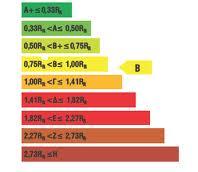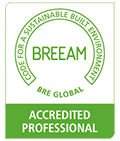Energy Saving Assessments
Our company undertakes energy saving assessments for both new and existing buildings, recommending to the Client the most suitable solutions for the design or the energy refurbishment of the building envelope and services systems, aiming at reducing the building’s energy needs and consequently reducing operating costs.
We assess alternative options in terms of their technical and financial feasibility, recommending the optimum combination of solutions, considering energy saving as well as achieving a good quality, comfortable internal environment.
Our approach is based on the methodology and principles of the Greek Buildings’ Energy Efficiency Regulation (KENAK) as well as on internationally recognised methodologies and standards for the environmental design of buildings (e.g. CIBSE Guide A for Environmental Design, BRE Best Practice Guides etc.).
Energy Efficiency Assessments
Since 2010 it is a legislative requirement to include an Energy Efficiency Assessment in line with the requirements of the Greek Regulation (KENAK) as part of the submission to obtain planning approval for the construction of a new building, or for a major refurbishment.

Every new building as well as every existing building undergoing a major refurbishment, needs to comply with the minimum energy efficiency requirements of the KENAK regulation. This can be achieved either:
a) when the assessed building's overall energy performance achieves at least an energy class ‘B’ (its energy consumption is equal or less than that of the ‘reference’ building)
b) when the assessed building has the same building features (envelope and M&E services) as the ‘reference’ building, achieving the same minimum performance standards
Buildings’ Energy Efficiency Regulation (KENAK)
The KENAK Regulation was put into effect in 2010, having as a principal objective to achieve energy savings during the construction of new buildings and the energy upgrade of buildings undergoing major refurbishment. It represents a methodology for calculating the overall energy performance of buildings (to cover their demand for space heating, DHW, cooling, ventilation, lighting – depending on the building type) and comparing it with that of a ‘reference’ building which comprises an energy-efficient building envelope and M&E systems. On the basis of this comparison, the assessed building is classified into an energy category (A+ to H).
The appropriate design of the building envelope and systems, as well as the use of renewable energy technologies (e.g. solar hot water panels), lead to a reduction of the total primary energy consumption, and classification into a higher energy class.
For more information please do not hesitate to contact us.








